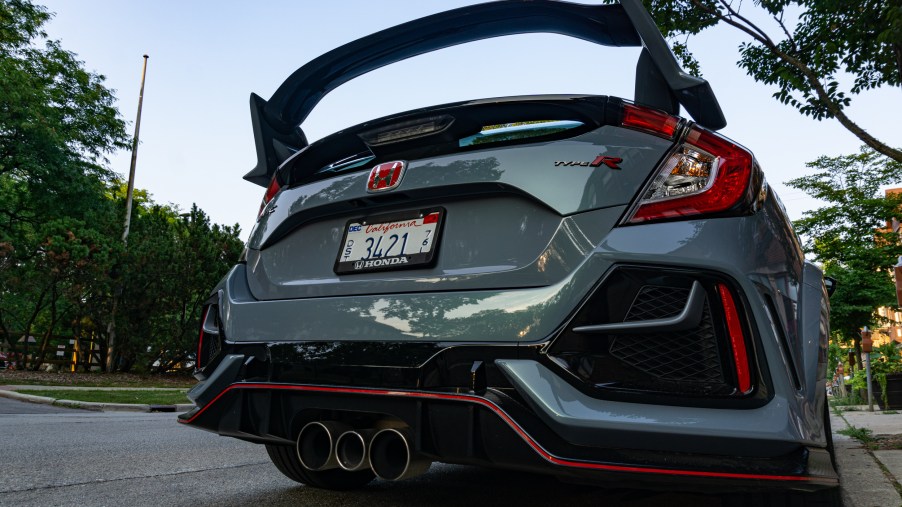
A Car Spoiler Is Not the Same Thing as a Wing
Spoilers, whether factory equipment or aftermarket accessories are usually visual shorthand for a performance-oriented car. Or at least a vehicle pretending to be one. Given their shape, car spoilers are understandably often referred to as wings. However, although these terms are often used interchangeably, they’re not synonymous.
Wings don’t help cars fly—they help them not fly
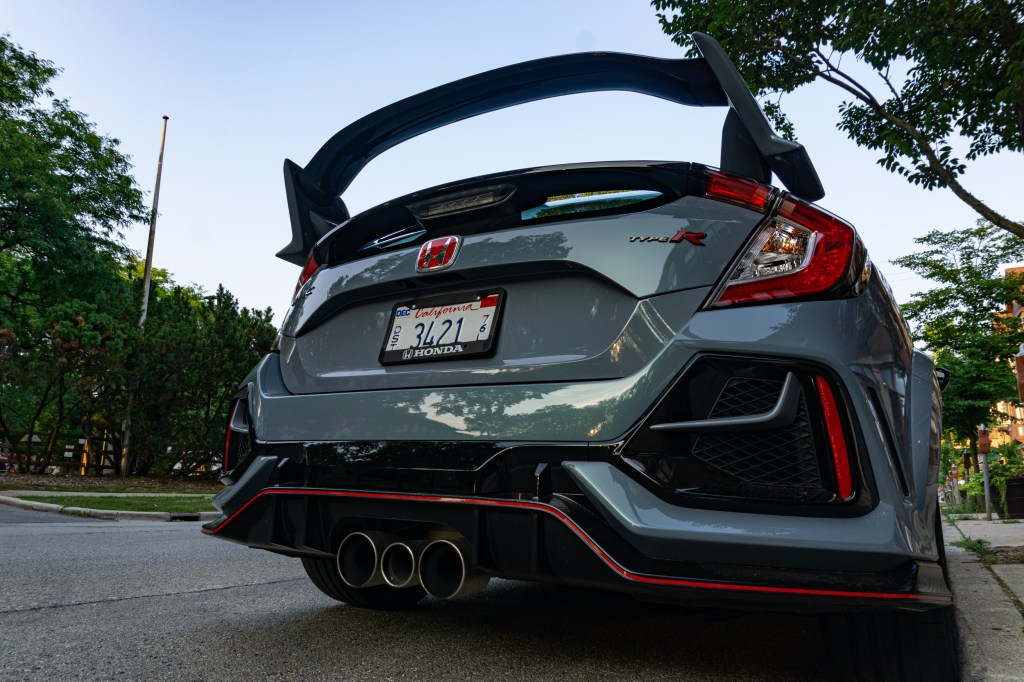
One of the critiques leveled at the Honda Civic Type R is the way it looks with those fenders, vents, and rear wing. But as with many elements of well-engineered car body kits, that wing has a purpose beyond its looks. And there’s a reason why race cars and supercars have wings, too: aerodynamics.
As you drive down the street, your car has to push through oncoming air. And as the air passes overhead to the trunk, it has to speed up to keep pace with the air flowing underneath, which is following a shorter path. As fluid dynamics explains, the faster a fluid—yes, air is a fluid—flows, the lower its pressure. That creates a force pushing from the high-pressure area to the low one.
Airplanes take advantage of this phenomenon, the Bernoulli principle, to fly, Automobile explains. But in the case of your car, that pocket of low pressure pulls it backward and upwards, creating lift and drag. Which is where the rear-mounted wings come in.
Car wings also work via the Bernoulli principle, but in ‘reverse,’ WRCTech explains. Instead of pulling the car up, the wing pushes it down by creating downforce. This presses the wheels more firmly into the ground, thereby increasing traction. In some cases, the downforce the wings generate is more than the weight of the car, Autoweek reports.
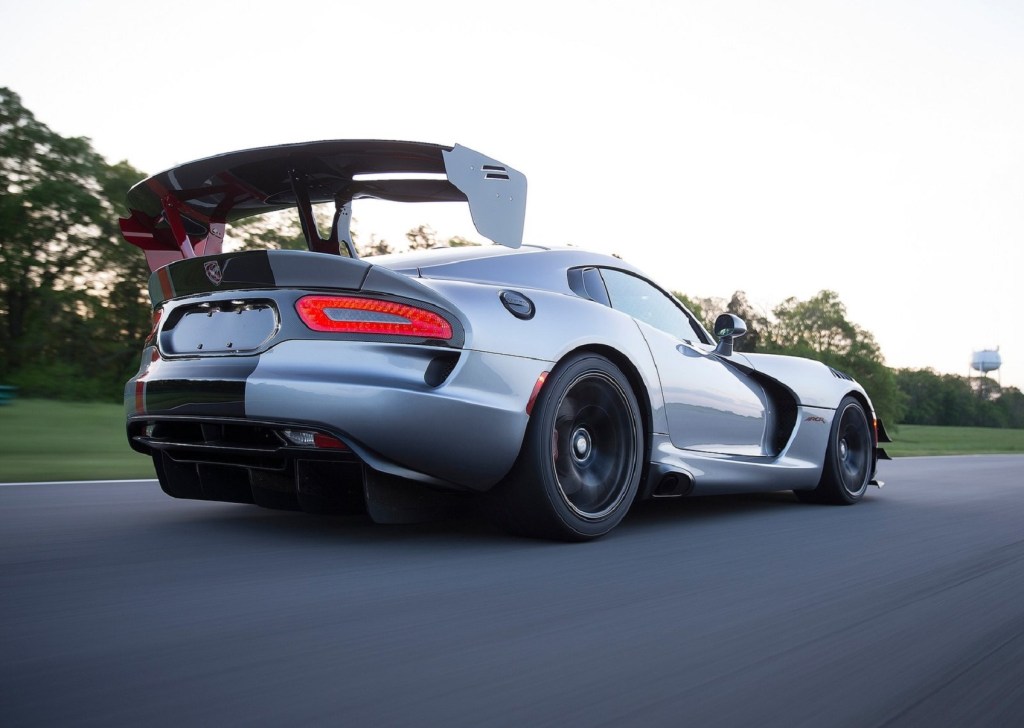
However, the extra downforce comes at the cost of extra drag, Carfax explains. So much so that aero packages often drop cars’ top speeds significantly. For example, the 2016 Dodge Viper has a top speed of 206 mph. But the aero-heavy Viper ACR can ‘only’ go 177 mph. However, thanks to the downforce, it ran a 5.7-second-faster time at Car and Driver’s Lightning Lap.
What makes a car spoiler different than a wing?
At first glance, a car spoiler looks very much like a wing. And, like wings, spoilers change the airflow around a car to improve performance. But they do so in a slightly different way.
While there are several kinds of spoilers, they’re all designed to reduce rear-end lift, CJ Pony Parts explains. They work by ‘spoiling’ the airflow going over the rear of the car, WRC Tech explains. The end result is less lift due to a decreased or non-existent pressure differential and less turbulence.
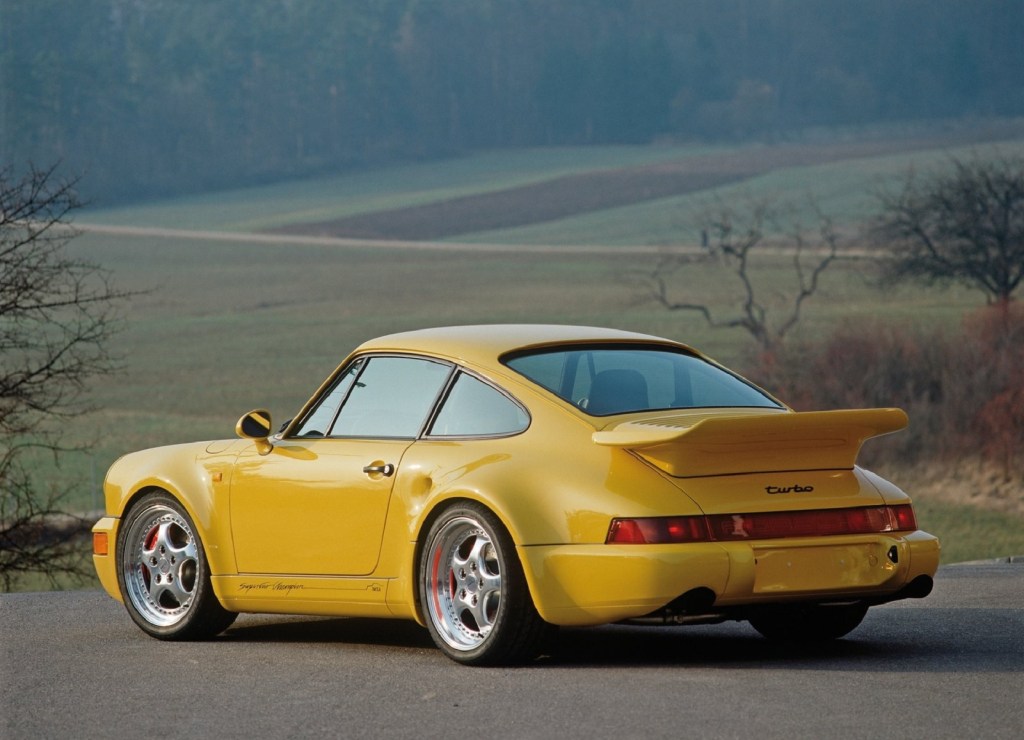
Despite their size, spoilers change the airflow going around the whole car, WRC Tech reports. That’s because, rather than slowing the air down, they actually serve as airflow barriers, Forbes explains. Instead of flowing over the trunk in a turbulent fashion, the air flows around it more smoothly. So, together with less lift, car spoilers also increase high-speed stability. Plus, unlike a wing, a well-designed car spoiler can even decrease drag, rather than increase it.
If you want to modify your ride, which should you get?
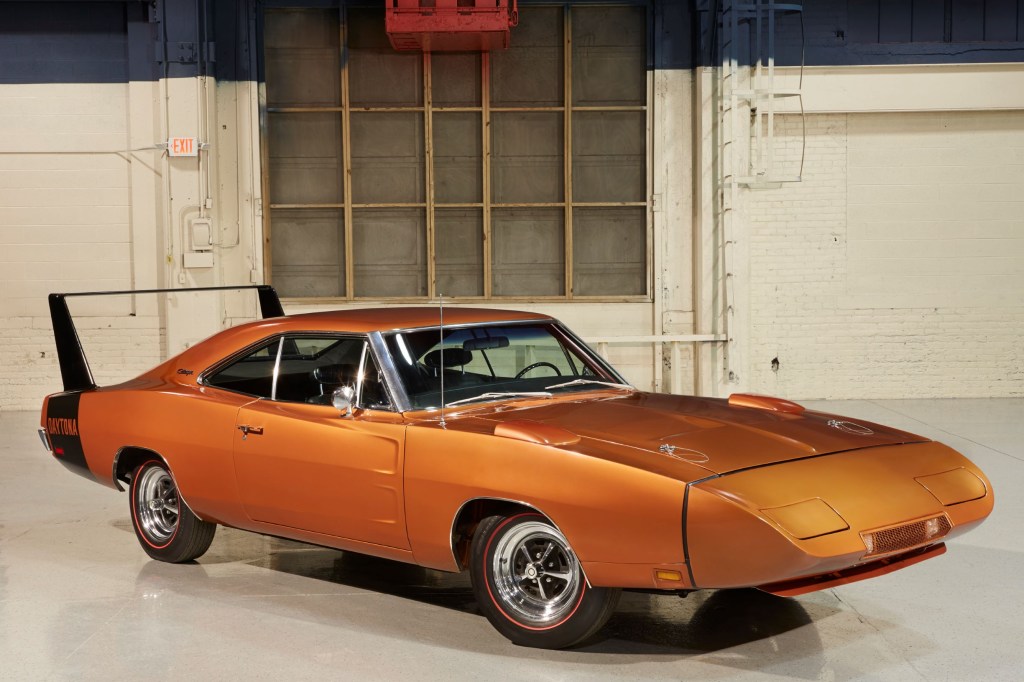
Spoilers are more subtle than wings because the latter needs to be raised above the trunk of the car to be truly effective. The original Dodge Charger Daytona is a good example of this, Road & Track explains. In contrast, spoilers are usually solidly attached to the trunk lip, or automatically deployed/retracted into the bodywork as needed. As a result, they don’t obstruct the rear view as much.
However, a spoiler won’t take the place of a true wing. Spoilers redirect air to reduce lift, while wings generate an opposing force using the existing airflow. As such, they make more downforce. Plus, because spoilers aren’t raised up like wings, for fluid dynamics reasons, they don’t ‘see’ as much airflow. That’s why the Civic Type R has those triangular vortex generators—to send more air to its wing, CarThrottle explains.
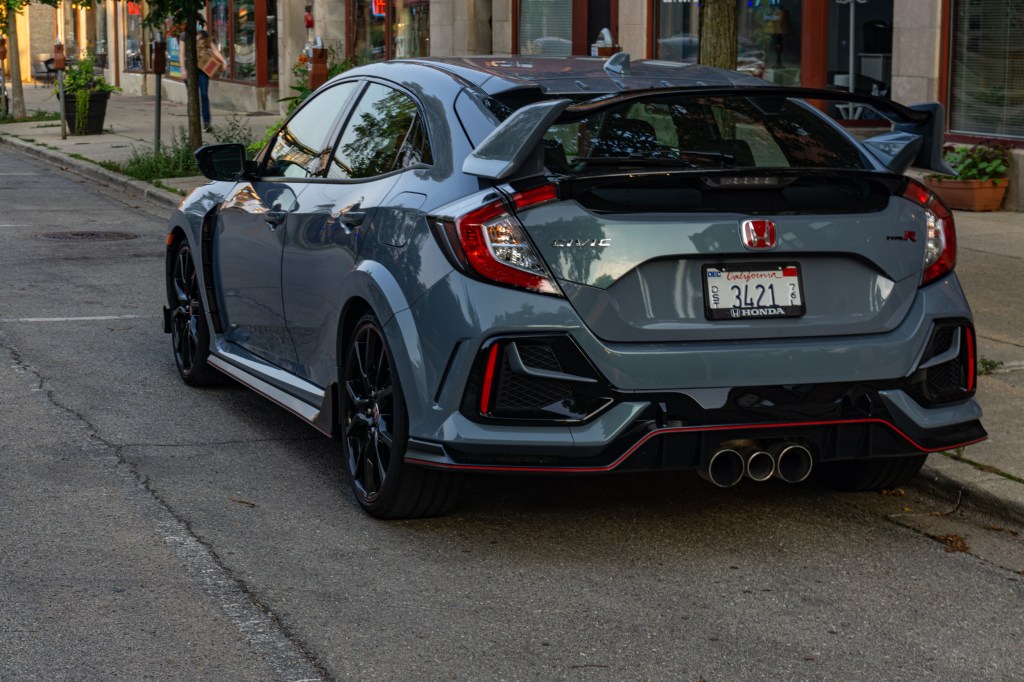
So, which should you get, the spoiler or the wing? If you plan on going to a racetrack, wings all the way. But if you’re sticking to the road, the spoiler is the better option. Just make sure it was properly vetted in a wind tunnel or computational fluid dynamics simulation.
Follow more updates from MotorBiscuit on our Facebook page.


